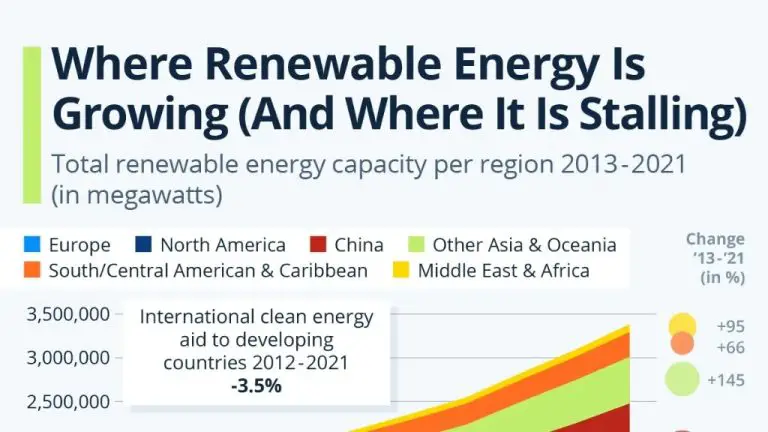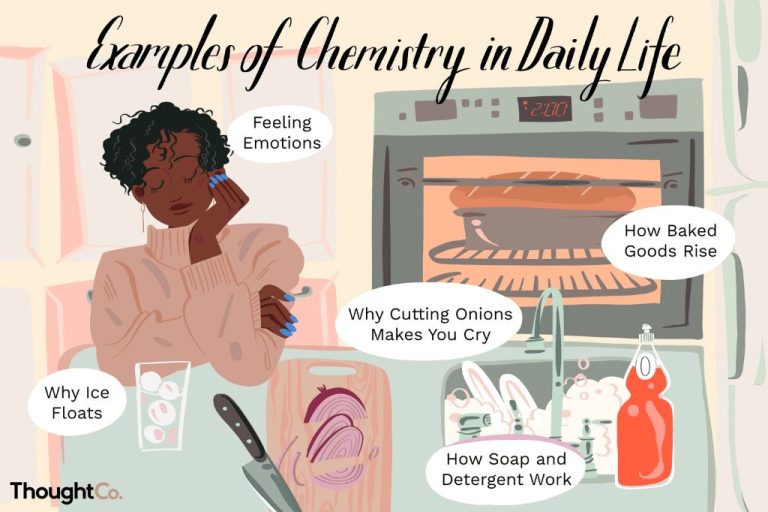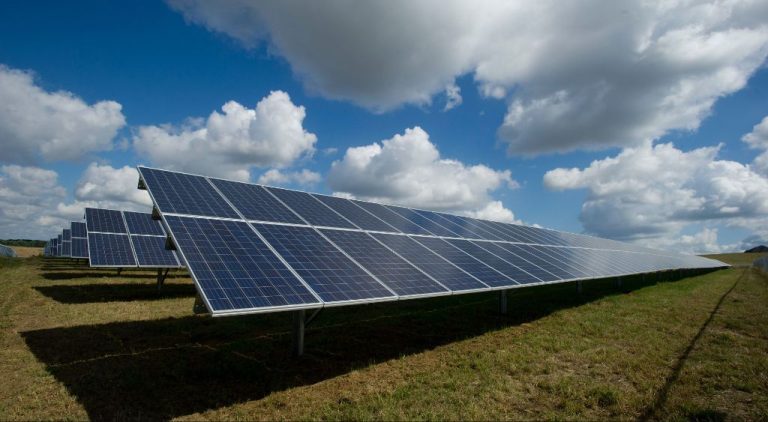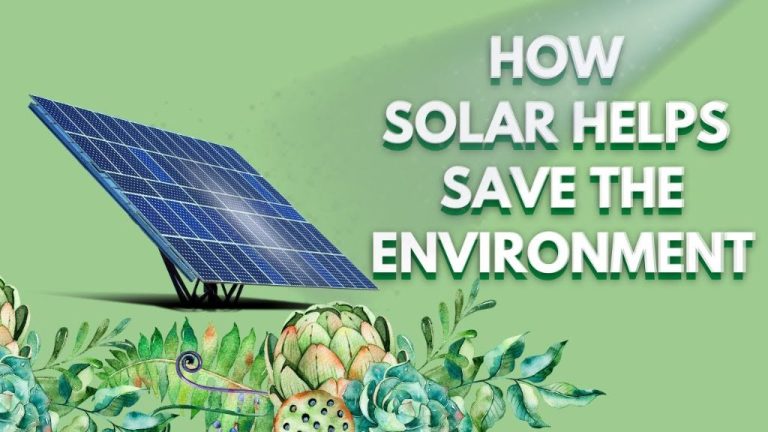What Is The Conversion Of Light Into Chemical Energy Called?
Photosynthesis is the process by which plants use sunlight, carbon dioxide, and water to create their own food. In this complex process, plants absorb light energy using chlorophyll and convert it into chemical energy stored in glucose molecules. This chemical energy is used for growth and reproduction. Photosynthesis is extremely important for life on Earth as it provides the oxygen that most organisms need, as well as the food that sustains almost all life on the planet.
Overview
Photosynthesis is the process by which plants, algae, and some bacteria convert sunlight into chemical energy. During photosynthesis, plants take in carbon dioxide (CO2) and water (H2O) from the air and soil. Using the energy from sunlight, the plants convert these into oxygen (O2) and glucose (C6H12O6). The glucose provides food for the plants to grow while the oxygen is released as a byproduct for human and animal consumption. This process transforms light energy into chemical energy, allowing it to be harnessed for the plant’s metabolic activities.
Overall, the inputs for photosynthesis are carbon dioxide, water and sunlight. The outputs are oxygen, and glucose. This allows plants to grow and produce the food needed for themselves and animals.
Light Absorption
The initial step in the conversion of light energy into chemical energy is light absorption by chloroplasts. Chloroplasts contain green pigments called chlorophyll which absorb light energy. There are several types of chlorophyll including chlorophyll a and chlorophyll b which have different absorption spectrums. These allow plants to absorb light energy across a wide range of wavelengths.
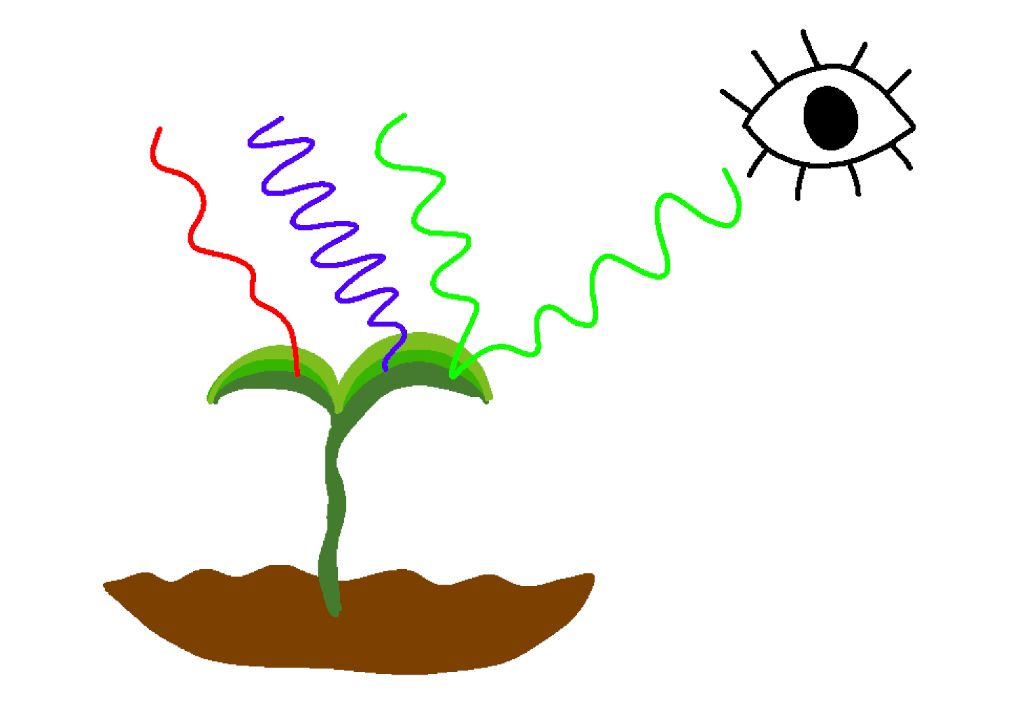
When a photon of light hits chlorophyll, the energy is transferred to an electron in the chlorophyll molecule, boosting it to a higher energy state. Specifically, electrons in the reaction centers of Photosystem I and Photosystem II pigment-protein complexes are excited. The excited electron is more energetic and unstable, so it is transferred between molecules in an electron transport chain. This movement of energized electrons leads to the later steps of photosynthesis.
In summary, light energy is initially converted into chemical energy when pigments like chlorophyll in chloroplasts absorb photons and excite electrons to higher energy states. This starts an electron flow that will ultimately be used to power the synthesis of glucose and other organic compounds.
Electron Transport
The electron transport chain is a series of protein complexes and electron carrier molecules within the thylakoid membrane that shuttle energized electrons during the light reactions of photosynthesis. When a chlorophyll molecule in the reaction center of photosystem II absorbs light, it becomes photoexcited and transfers an electron to the primary electron acceptor molecule, creating an electron hole in the reaction center chlorophyll.
The energized electron is passed along a series of electron carrier molecules including plastoquinone, the cytochrome b6f complex, plastocyanin, and ultimately to photosystem I. Meanwhile, the electron hole in the reaction center chlorophyll is filled by an electron derived from the splitting of water. When the energized electron reaches photosystem I, it again becomes photoexcited by light energy and is transferred to the primary electron acceptor. From here, the high-energy electron travels down another electron transport chain via ferredoxin to eventually reduce NADP+ to NADPH.
This movement of energized electrons from water to NADPH requires energy input from light and generates a proton gradient across the thylakoid membrane that drives ATP synthesis. By coupling electron transport to proton pumping, the light reactions transform light energy into the chemical energy of ATP and NADPH needed for the Calvin cycle reactions.
Photophosphorylation
Photophosphorylation is the process by which ATP is synthesized during the light reactions of photosynthesis. As light energy is absorbed by chlorophyll in the thylakoid membranes of chloroplasts, it energizes electrons which are then transported through an electron transport chain. This electron transport chain pumps hydrogen ions (H+) from the stroma into the thylakoid space, creating a proton gradient. This proton gradient powers ATP synthase enzymes that catalyze the production of ATP from ADP and inorganic phosphate.
More specifically, as electrons move through the electron transport chain, energy from these electrons is used to pump H+ ions against their concentration gradient from the stroma into the thylakoid space. This forms a proton gradient, with a higher concentration of H+ ions in the thylakoid space compared to the stroma. The protons then diffuse back down this concentration gradient, flowing through ATP synthase enzymes. The energy from the proton flow is used by the ATP synthase to phosphorylate ADP, adding a phosphate group to produce ATP, which can then be used to power other cellular reactions.
In summary, photophosphorylation couples the energy from light absorption during photosynthesis to the synthesis of ATP. The creation of a H+ ion gradient and flow of protons through ATP synthase provides the energy needed to convert ADP to ATP, which can be used by plants as an energy source for metabolism and growth.
Calvin Cycle
The Calvin cycle is the second stage of photosynthesis, where carbon dioxide from the atmosphere is fixed into organic molecules. This process takes place in the stroma of chloroplasts and utilizes the energy carriers ATP and NADPH generated during the light reactions. The Calvin cycle can be broken down into three key steps:
- Carbon fixation – CO2 molecules are bonded to a 5-carbon acceptor molecule called ribulose-1,5-bisphosphate (RuBP) by an enzyme called RuBisCO. This forms 6 molecules of 3-carbon 3-phosphoglycerate.
- Reduction – The 3-phosphoglycerate molecules are phosphorylated by ATP to form 1,3-bisphosphoglycerate. NADPH provides the electrons to reduce 1,3-bisphosphoglycerate into glyceraldehyde-3-phosphate (G3P), which can continue through the cycle.
- Regeneration of RuBP – Most of the G3P is used to regenerate RuBP so the cycle can continue fixing CO2. Additional ATP is used for phosphorylation during this step.
After each turn of the cycle, one G3P molecule is removed and converted into sugars like glucose. The recycling of RuBP allows the continuous addition of CO2 into organic carbon compounds, powered by the energy carriers from the light reactions. This elegant process converts atmospheric CO2 into high-energy sugars that can be used by the plant.
Oxygen Release
During the light-dependent reactions of photosynthesis, water molecules are split to release electrons, protons, and oxygen. This process is called photolysis. It takes place at a cluster of proteins and chlorophyll molecules called photosystem II. When light energy is absorbed by these molecules, it energizes electrons which are then transferred to an electron acceptor molecule. This creates a deficit of electrons in photosystem II, which is replenished by splitting water molecules. For each water molecule split, one oxygen atom is released as O2 gas while the hydrogen atoms contribute electrons and protons to the electron transport chain.
The release of O2 from photosystem II is one of the main distinguishing features of oxygenic photosynthesis, which takes place in plants, algae, and cyanobacteria. It results in the atmosphere being replenished with oxygen gas that can then be utilized by aerobic organisms for respiration. Without photosynthetic oxygen production, the percentage of oxygen gas in the atmosphere would quickly decline. Thus, the light-dependent release of O2 is critical for maintaining the current balance of gases in the atmosphere.
Factors Affecting Rate
The rate of photosynthesis can be increased or decreased by various environmental factors. Here are some of the main factors that affect the rate:
- Light intensity – Increasing light intensity increases the rate of photosynthesis. This is because more photons are striking the chlorophyll molecules, providing more energy for electron excitation and the light reactions. However, there are limits, and extremely high light can damage the photosystems.
- Carbon dioxide concentration – Higher CO2 levels mean more substrate for the Calvin cycle reactions. This increases the rate of photosynthesis. However, if CO2 levels get very high, the enzymes can become saturated.
- Temperature – Warmer temperatures speed up chemical reactions and enzyme activity. However, too high of a temperature can denature enzymes. The ideal temperature for photosynthesis is around 25°C or 77°F.
- Water availability – Photosynthesis requires water. Insufficient water slows photosynthesis. However, flooding the plants also reduces available oxygen and slows the rate.
By optimizing these factors, it’s possible to maximize the rate of photosynthesis in plants and algae. Understanding what affects photosynthesis allows us to increase crop yields and growth rates.
Evolution of Photosynthesis
The ability to convert light into chemical energy first evolved in ancient bacteria over 3 billion years ago. At that time, the atmosphere had almost no oxygen. Primitive bacterial cells developed the ability to harness light energy and use it to power chemical reactions. This primitive form of photosynthesis did not produce oxygen as a byproduct.
Over time, the process evolved into oxygenic photosynthesis, where water is split to release oxygen as a waste product. This oxygenic form of photosynthesis first appeared in cyanobacteria around 2.5 billion years ago. The release of oxygen into the atmosphere permanently transformed the planet, paving the way for more complex lifeforms that require oxygen.
Today, oxygenic photosynthesis is carried out by plants, algae and some bacteria. The core mechanisms have been conserved over billions of years of evolution. While some details have changed, the overall process still relies on pigments like chlorophyll to absorb light, electron transport chains to harness energy, and the Calvin cycle to fix carbon dioxide into sugars.
Importance of Photosynthesis
Photosynthesis is perhaps the most important biochemical process on Earth. It is responsible for producing oxygen, generating biomass, and supplying energy for almost all life.
Through photosynthesis, plants, algae, and some bacteria take in carbon dioxide, water, and sunlight to produce carbohydrates and oxygen. The carbohydrates synthesized during photosynthesis supply energy for the organism and for animals that consume plants. Meanwhile, the oxygen released through photosynthesis provides most of the oxygen in Earth’s atmosphere.
Without photosynthesis, complex life on Earth could not exist. The oxygen produced through photosynthesis supports the oxygen-breathing organisms on our planet. Additionally, nearly all biomass comes from photosynthetic organisms – either directly from consumption of plants or indirectly by eating animals that fed on plants. This biomass provides food and energy for the majority of life on Earth.
In summary, photosynthesis is the gateway for sunlight’s energy to enter our biosphere and help sustain life. It provides the oxygen, food, and fuel that higher lifeforms depend on. That’s why preserving photosynthesis by protecting vegetation and phytoplankton is critical for maintaining life as we know it on our planet.

